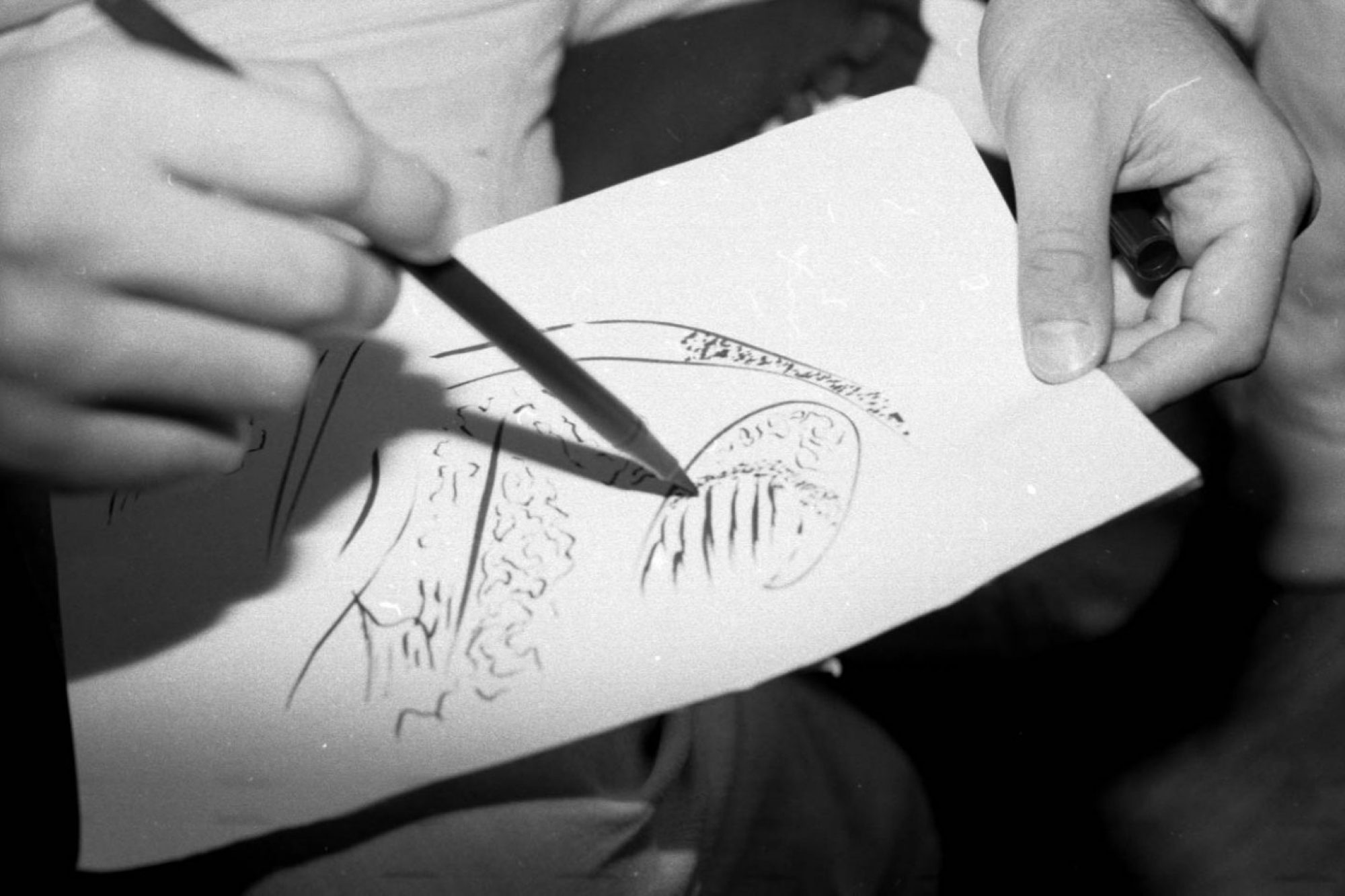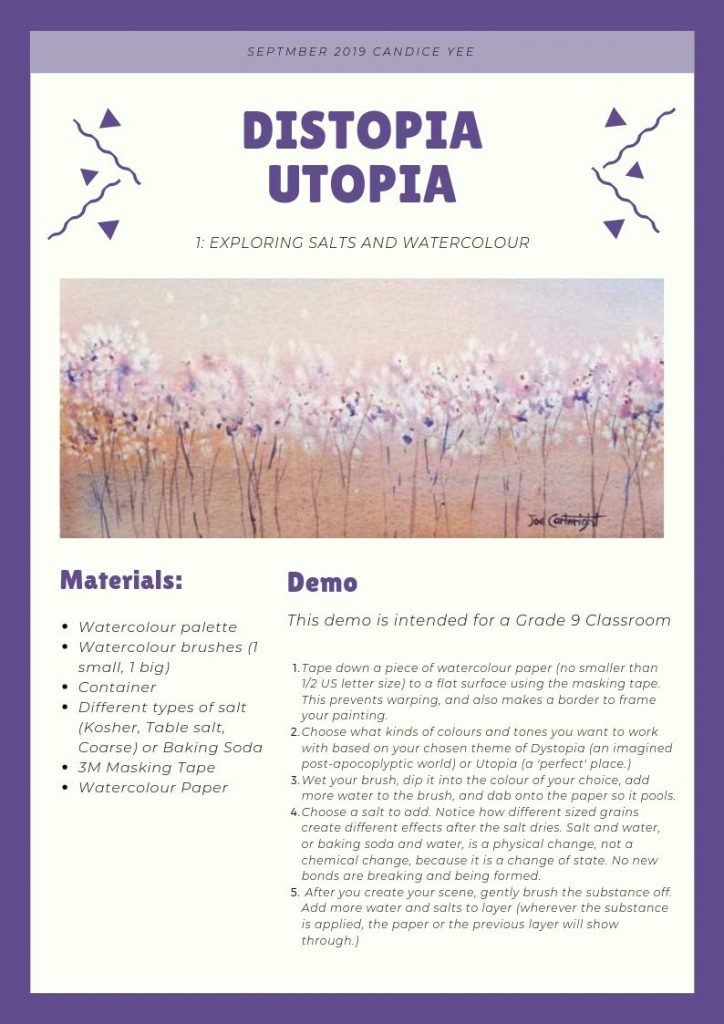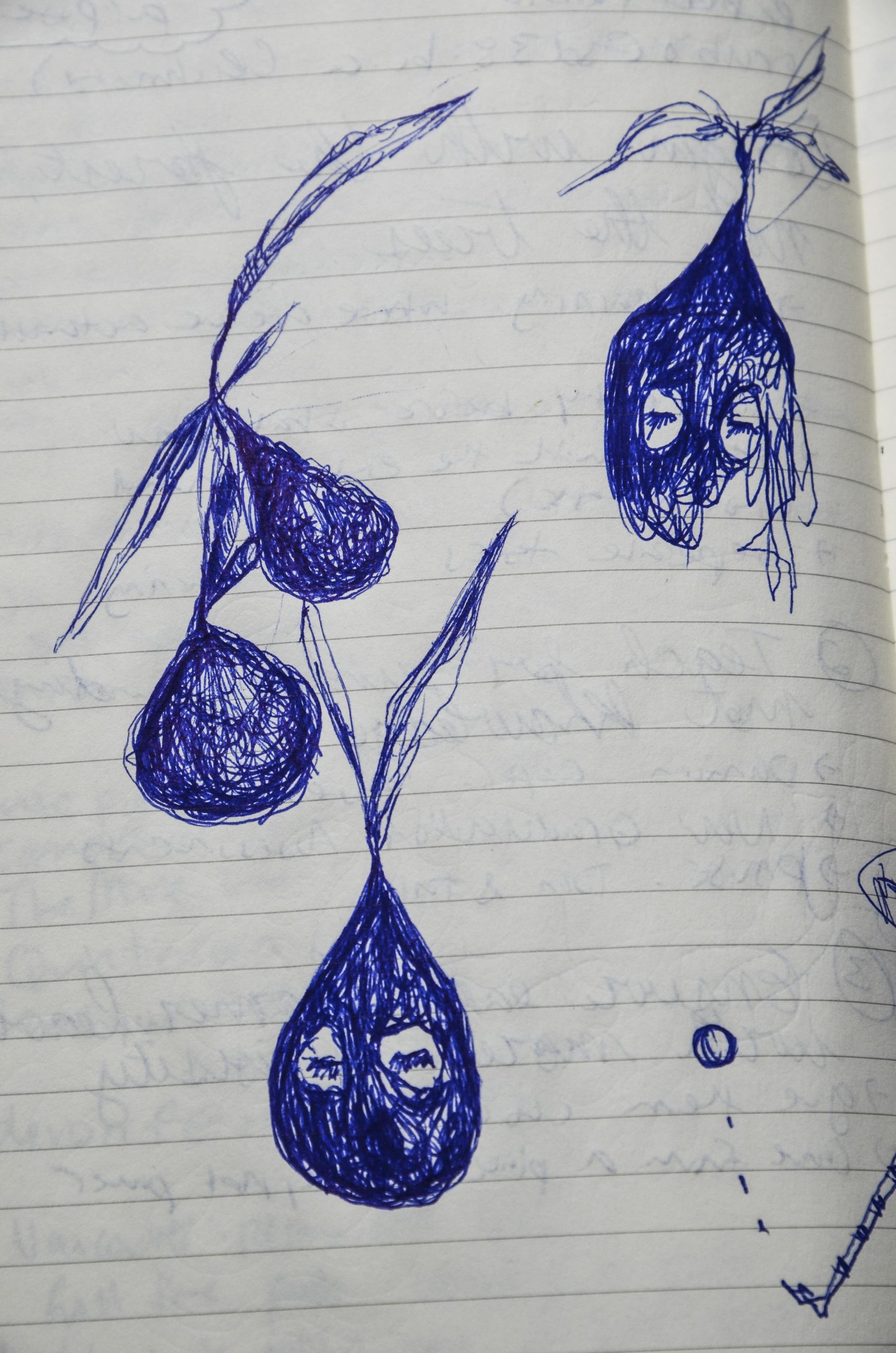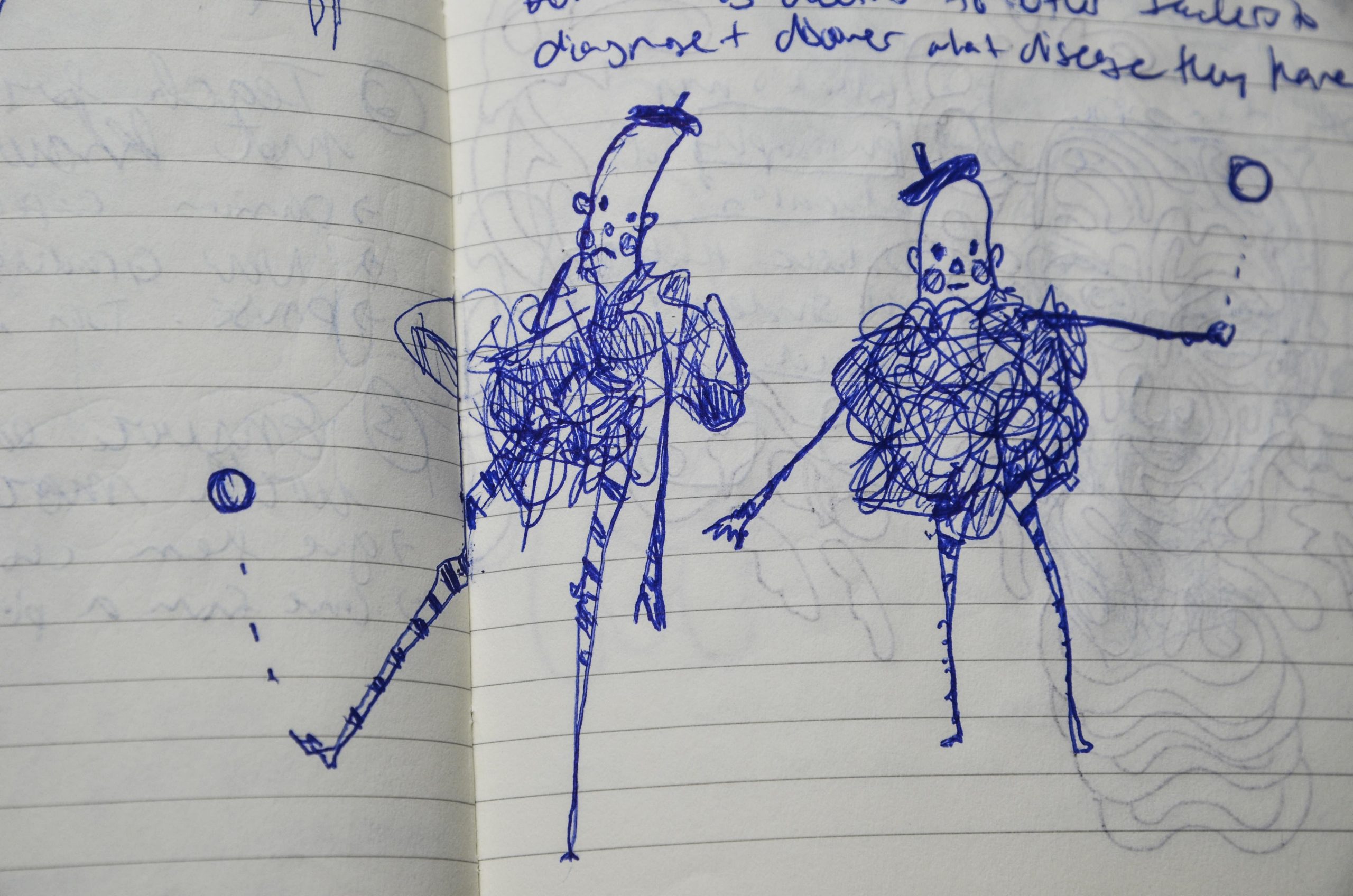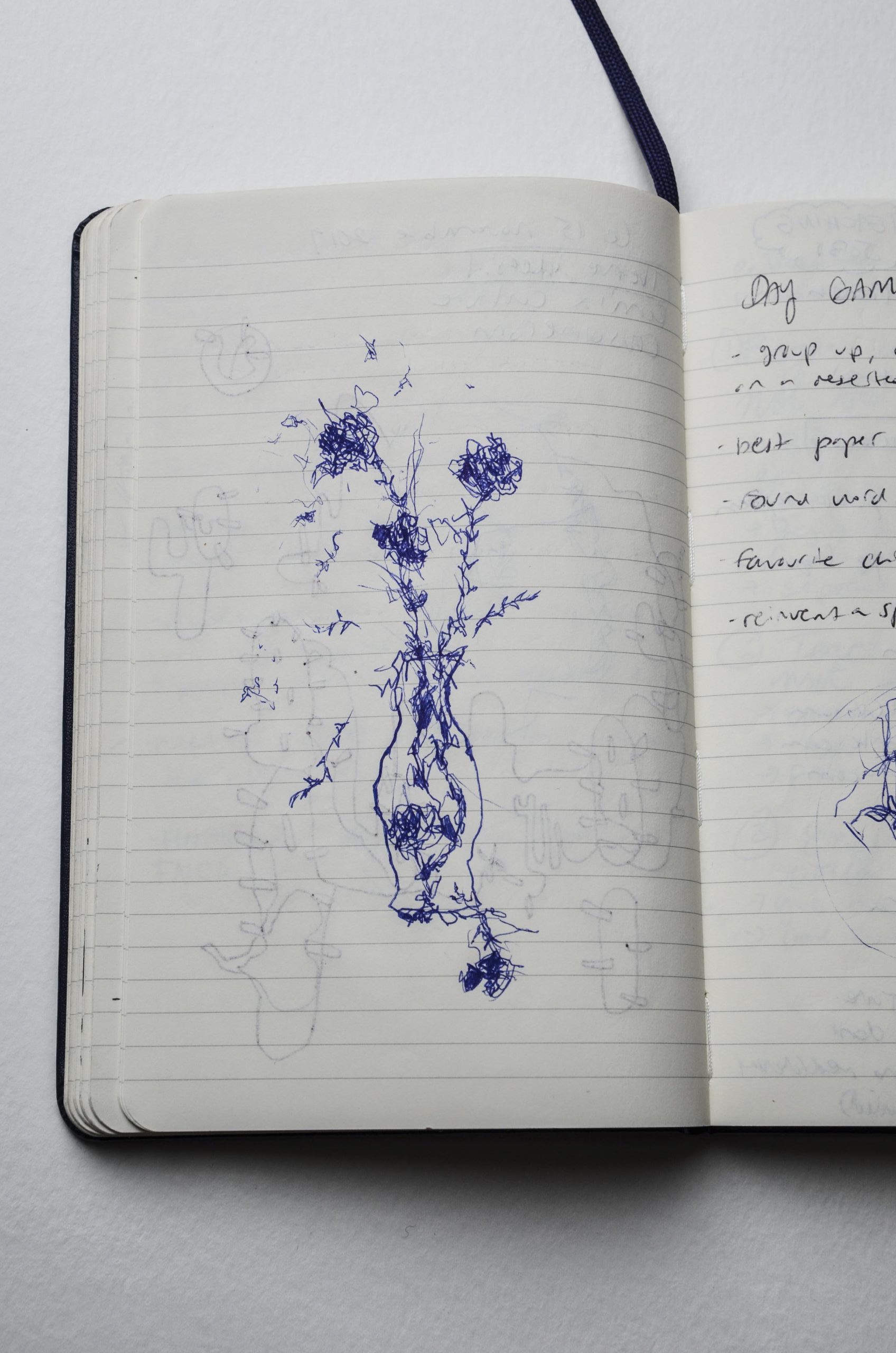The new visual image: Image production & consumption in the post-digital era – ReVisions p. 204
During my notetaking, I decided to organize Don Bergland’s ideas into a chart. However, his points only fit into the Pros category, so I quickly brainstormed some Cons of digital/post-digital era (the difference between the two being that the post-digital era acknowledges an integration of traditional and digital methods, and that digital tools are now integral to the artistic process.) I think this would be a good exercise for even high school students to do, so they can engage more critically with these definitions and usages of technology in art. I agree that integration and crossover between “legacy” and “future” content/processes is a cool way for students to discover the best medium for the project, but without structured guidance, I think that students could spend endless amounts of time being indecisive about which process to use, and perhaps lose sense of the connection between an artwork’s content in relation to its materiality.

Questions:
- Should digital literacy be mandatory in secondary schools?
- How would it be implemented (in its own course? Or in every course?)
- What happens when students can’t access the digital tools/software at home, only at school?
